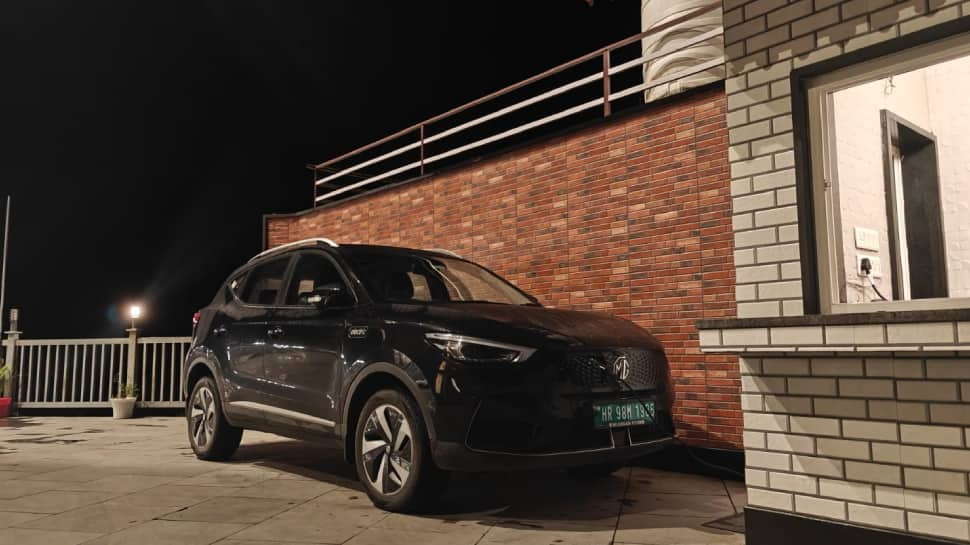Can Electric Cars Go Uphill? Real-Life Experience From Noida To Mussoorie And Back
Electric Cars: Can electric cars go uphill? Of course, you can go and explore mountains or hilly areas driving electric cars, to an extent, and knowing the calibre of your vehicle helps in taking an informed call.
Trending Photos
)
Noida To Mussoorie And Back With MG ZS EV: Can electric cars go uphill? Of course, you can go and explore mountains or hilly areas driving electric cars, to an extent, and knowing the calibre of your vehicle helps in taking an informed call. Recently, I took MG ZS EV from Noida to Mussoorie. You may not consider Mussoorie, a tough hilly terrain; however, it is a beautiful place for a short weekend getaway. Here's a glimpse into my journey and the lessons I learned about EV travel in hilly terrains.

Journey Details And Battery Usage
Starting from Noida with an almost fully charged battery (97%), I reached Dehradun via Haridwar with 34% battery left. The flat terrain helped the car use only 63% of the charge. Covering almost 270Kms, I charged the car in Dehradun, up to 52%, knowing the steep climb to Mussoorie (around 35 km) would drain more energy.

By the time I reached my hotel (around 6 pm), which was 7 km further into the hills from Mussoorie, the battery had dropped to 30%, with a consumption of 22% charge between Dehradun and Mussoorie (approx 35km). Now, something very cool happened. The hotel provided a power socket for charging the vehicle without any extra cost.

By morning, the car was charged 72%, which was more than sufficient for local sightseeing.

After exploring nearby attractions, I charged the car overnight again, achieving a full 100% charge for the return trip.

Coming back to Noida was remarkably efficient. Descending from Mussoorie to Dehradun used only 6% battery thanks to the regenerative braking and downward slop, and I reached home with 37% battery left.

The AC was off while driving in Mussoorie region and the speed on flat roads between Noida-Dehradoon-Noida was mostly under 100kmph. This led me to believe that driving an EV into the hills can be a good experience but requires better planning.
Pros Of Taking An EV To The Hills
Cost-Effective Travel: The overall trip cost was incredibly low since the charging expenses were negligible. My hotel didn't charge for the power used.
Smooth Driving: The MG ZS EV offered a quiet and smooth ride, even on steep, winding roads.
Regenerative Braking: While descending, the car consumed minimal battery and even recharged slightly.
Cons Of Taking An EV To The Hills
Limited Charging Infrastructure: Charging stations were sparse, especially in hilly areas. Finding a reliable spot to charge can be a challenge.
Battery Drain On Climbs: Steep climbs consume a significant amount of battery, requiring frequent top-ups to ensure peace of mind.
Dependence On Accommodation: Charging at the hotel was convenient but not guaranteed everywhere. If the hotel lacked charging facilities, it would have been a hassle.
MG ZS EV Performance
The MG ZS EV performed admirably during this trip. With a claimed range of 461 km and a 50.3 kWh battery pack, it managed to deliver an extraordinary range of 300 km in 63 per cent of charging, which was backed by regenerative braking during the descending from Mussoorie to Dehradun.
Stay informed on all the latest news, real-time breaking news updates, and follow all the important headlines in india news and world News on Zee News.
Live Tv







)
)
)
)
)
)
)
)
)
)
